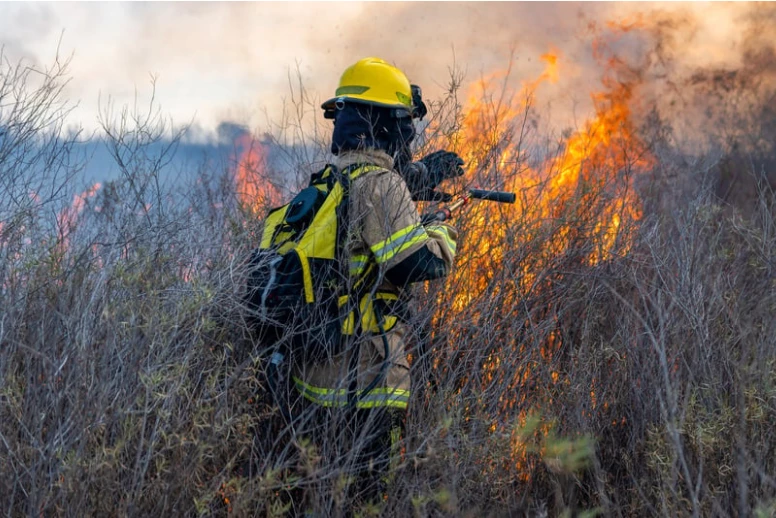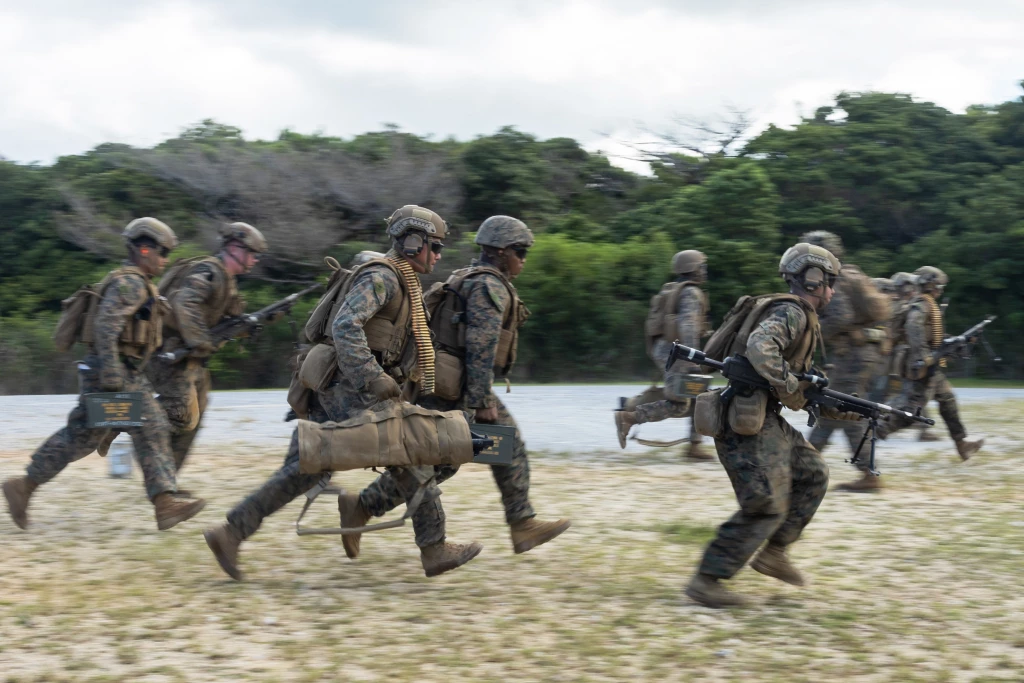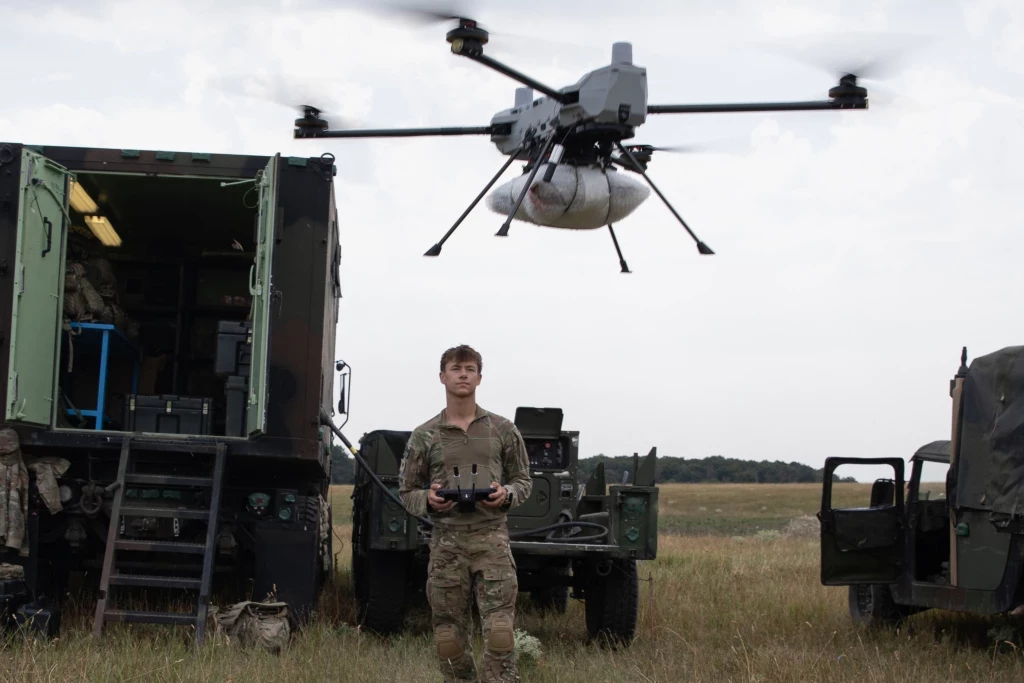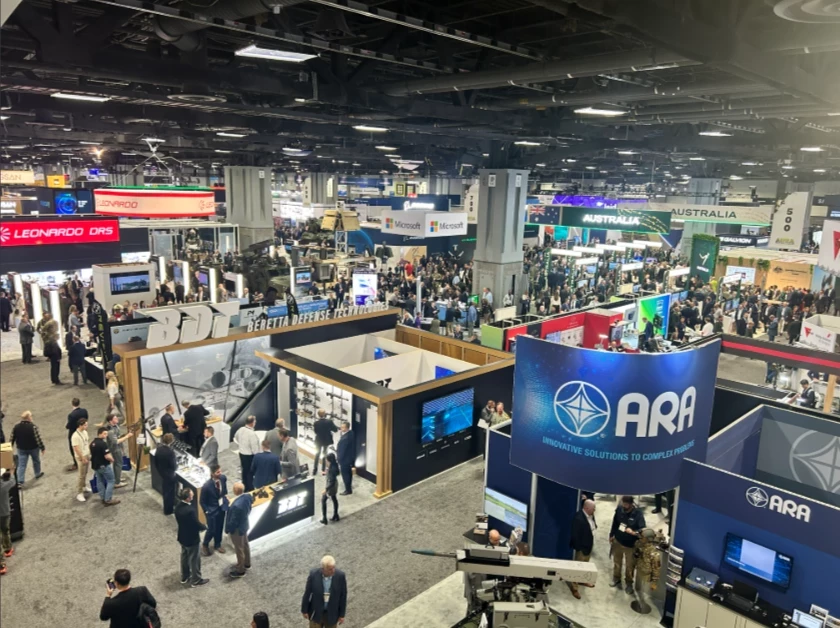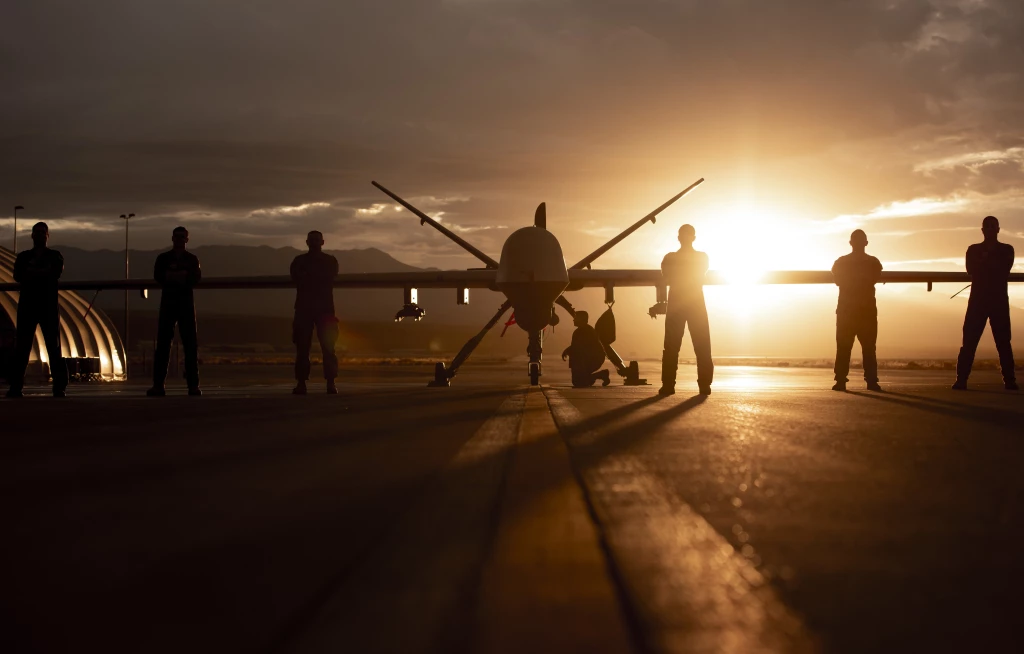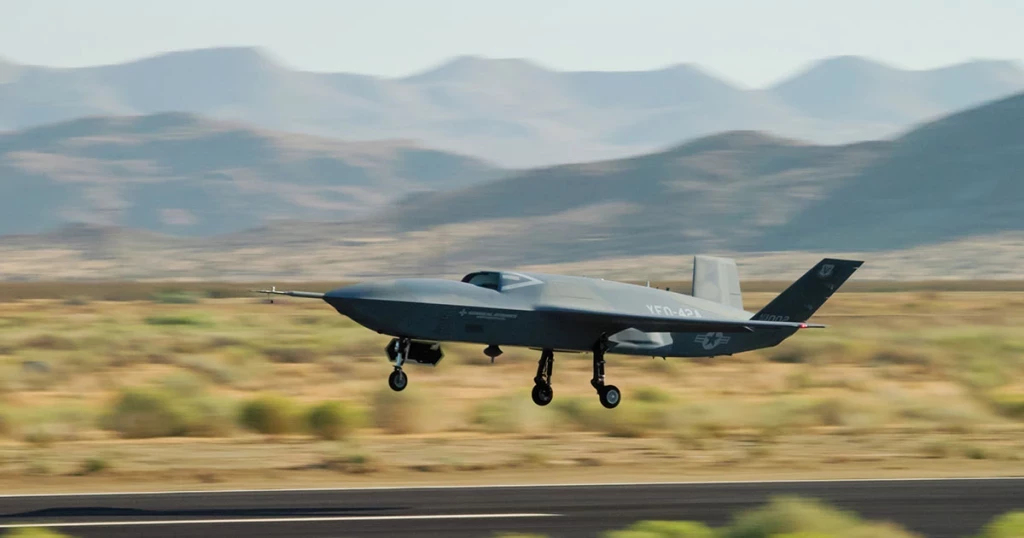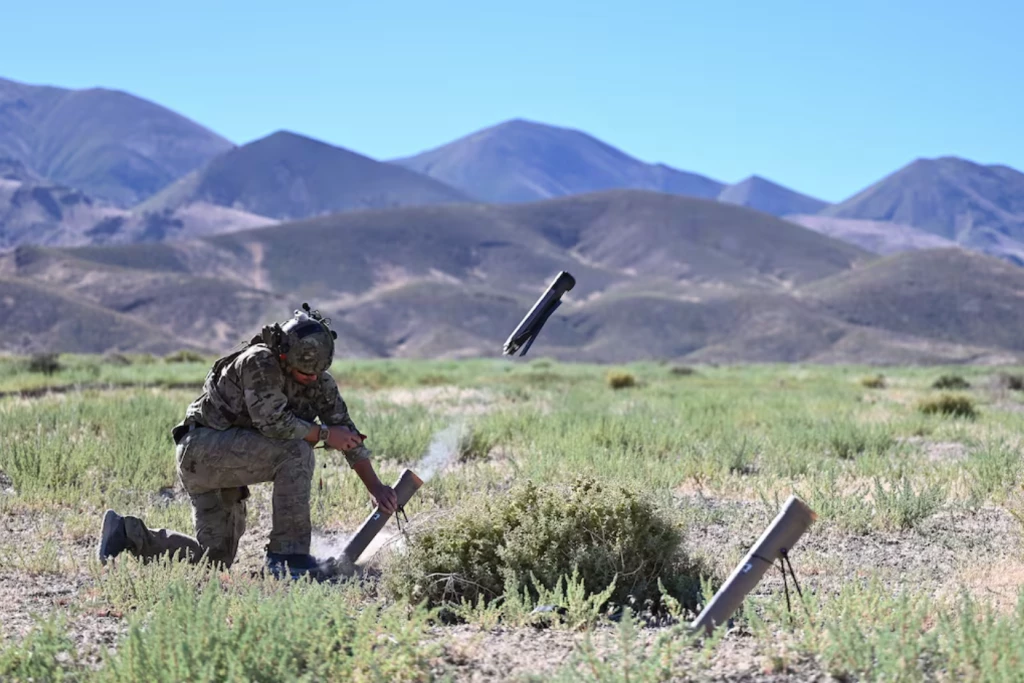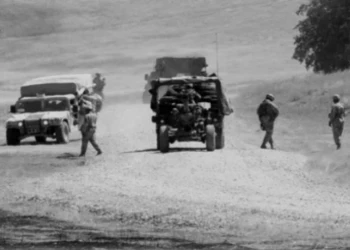Incorporating new Technologies in Veteran Healthcare with Major Toni Hightower
Office of Veterans Affairs
Add bookmark
We respect your privacy, by clicking "Download Your Copy" you agree to having your details passed onto the sponsor who may promote similar products and services related to your area of interest subject to their privacy policy. You have the right to object. In addition, you will receive our e-newsletter, including information on related online learning opportunities. For further information on how we process and monitor your personal data, and information about your privacy and opt-out rights, click here. Download PDF Attachment
How has VA enhanced its telehealth strategy since the start of the pandemic?
The office of Connected Care has just been phenomenal in answering the cry for increased need for telehealth during COVID and then furthermore, being forward-thinking, looking at how do we do telehealth in a post-COVID-19 world so that we can continue to make it a viable option for healthcare, really augmenting that in-person care for our veterans. So, looking at their experience and the ability of the providers to be able to provide that care as a viable option.
We've been doing this work for about 16 months now, really deep-diving into how we do that and then looking at any barriers that either veterans have or employees have can provide that excellent experience with telehealth and then looking at ways that we can remove them.
Can you give an example of those barriers?
Absolutely. One of the barriers is onboarding. When we look at bringing veterans on and getting them comfortable with their first telehealth visit, it's really important that we onboard them correctly, that we make sure that they have the right equipment, that they have the right Internet, and that they can make that connection.
And via a test call, see if they have any accessibility needs, for instance, maybe they're hard of hearing or they have vision issues. All of those things need to be addressed upfront so that we make sure they have a great telehealth visit.
We also need to do that same call for our providers before they do their first telehealth call. So everybody's ready. They know what to expect and are just really prepared to do a great first visit.
What are the biggest challenges in integrating telehealth services with other software and hardware systems?
So right now, the VA has BBC (Building Better Care Givers) which is VA video connect and that is a standalone platform that the VA uses to provide telehealth. It is so easy. It is actually easier than teams. It's basically: the veteran goes in, they type in their address, location and name, they click a button and they're in. So it's a really easy platform to use for telehealth. On the other side, it's equally as easy for the providers to use. If they do their test call they can test if the internet works for everybody, then it's super easy.
In what ways is the VA a major innovator in telehealth compared to other public and private healthcare providers?
We have been working on something called the telehealth playbook for the VA, and this encompasses removing all the barriers in addressing all the moments that matter for our veterans. We started by really looking at what are the moments that matter through that telehealth journey for our veterans. And then we designed around those moments to help address them for providers so that they can provide that excellent experience. We scripted some cartoons out. Which was pretty innovative.
Scripting words that can be used for each moment that matters so that you can see the actual encounter as it might be, or how you should do it. We created huddle challenges, so these huddle challenges are 10-minute exercises that can be done surrounding each moment that matters for your care teams and they can do it anytime during the day. They can do a longer version of that same play in the playbook, which would be about a 45-minute training with a lot of practice, a lot of discussions, and a lot of removing the barriers.
But if they don't have time, they can do 10 minutes. What I love about the playbook is it really meets them where they are. They can either do it in a short amount of time or they can do it in that long block of time if they have the time to do it.
And how do we VA clinicians feel about the mass adoption of telehealth and perhaps even administrators?
Of course, there's a learning curve for all of them. You have three kinds of succinct groups of employees, the same as you do veterans. On one end, you have providers or employees, providers or veterans alike who are in that mostly telehealth. They just prefer telehealth because they're busy providers.
We can get a lot more patients in there, they can go from one patient to another without having to be interrupted by administrators, nurses or other team members in between each meeting. So they can go a lot quicker. It allows them to work from home. They like that and they can make those calls very quickly on telehealth. So the providers and veterans both prefer it. Some are really on that side. Like I just said, they prefer it all the time.
You have both veterans and providers on the other side that just prefer that face-to-face encounter. They like to be able to touch and feel.
So, it depends on the appointment type. It depends on what the need is. It depends on what the appointment is about. And so those are the kind of three groups. And I would say that providers fall into that as well. Some of them like telehealth and prefer it. Some of them are on the other end and they just want to do it mostly in person. But for most of them, it depends on what the veteran needs, what the appointment type is, etcetera.
Would you agree that having the option of either telehealth or person to person is important?
I think it's just critical to “meet” people where they are. You have so many people that can't get into the VA because maybe they don't have transportation, maybe they don't have the gas money to get in. Maybe they're working or they have childcare issues. It could be a lot of things, a lot of reasons that they can’t. Maybe the VA is 2 hours away, and then I have to wait an hour and I just can't take that much leave from work.
And so having telehealth really addresses all of those issues and makes sure that I don't have to take a lot of time off of work. I don't have to worry about traveling, have to worry about gas. If I have kids at home and I cannot leave them. And if I have a caregiver as well, it's really easy for them to jump on a call. Telehealth calls for me versus going into the hospital. So for a lot of veterans, it meets them where they are and what they need. And of course, if it's a quick visit, it's just a great alternative to in care.
It's never going to replace in-person care. Doctor Galpin has made that clear. That's not what it's for. It's an augmentation. It's another option. It's another way to expand access to our veterans and give them an option to care.
How does your office uniquely tailor telehealth services for the veteran community?
So for us, one of the things that we have designed as we're working for the office of Connected Care at this moment is we have worked with veterans and to create a welcome to telehealth guide which really lays out how they can get connected. It also walks through any technical issues that they might have. When I have an appointment, it really just gets them prepared to do telehealth.
We vetted and tested that with them. Over 60 veterans in focus groups and interviews alike went through that guide with us to make sure that we had it right and to make sure that if all else failed, then they didn't get on board as much as they should have.
Of course, I'm a veteran and the other person on the team that's working from the VO office, Rich, we're both veterans. So we do, you know, it is veteran on veteran, but the providers that are non-veterans are also equally vested and making sure that there's a great experience. So really just focused on meeting the veterans where they are and you know we go so far as to say how would you like this delivered do you want a digital do you want it printed out how can we make sure you get what you need.
And their feedback was amazing. They spent a lot of time reviewing those guides with us, giving us great feedback and making sure we got it right.




